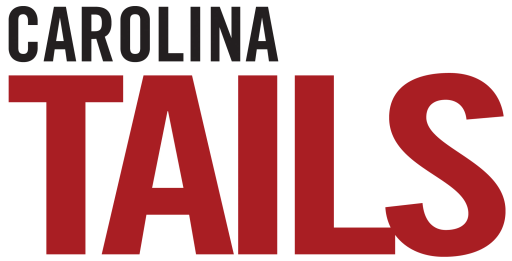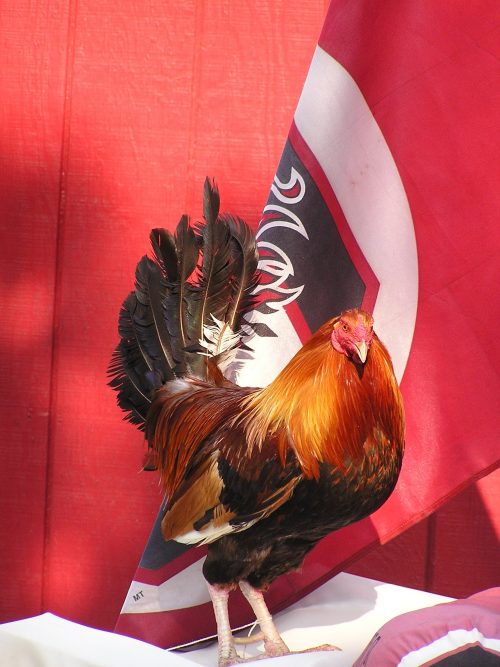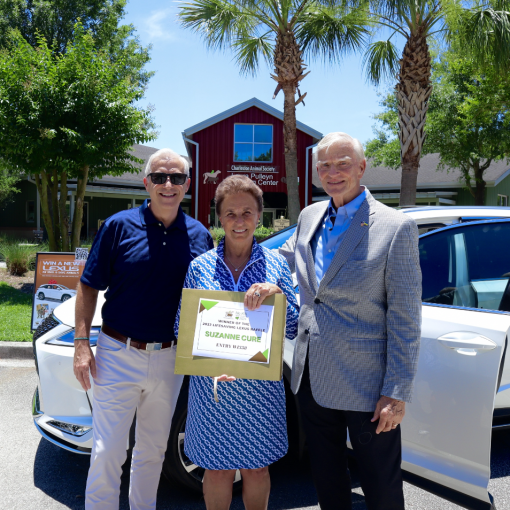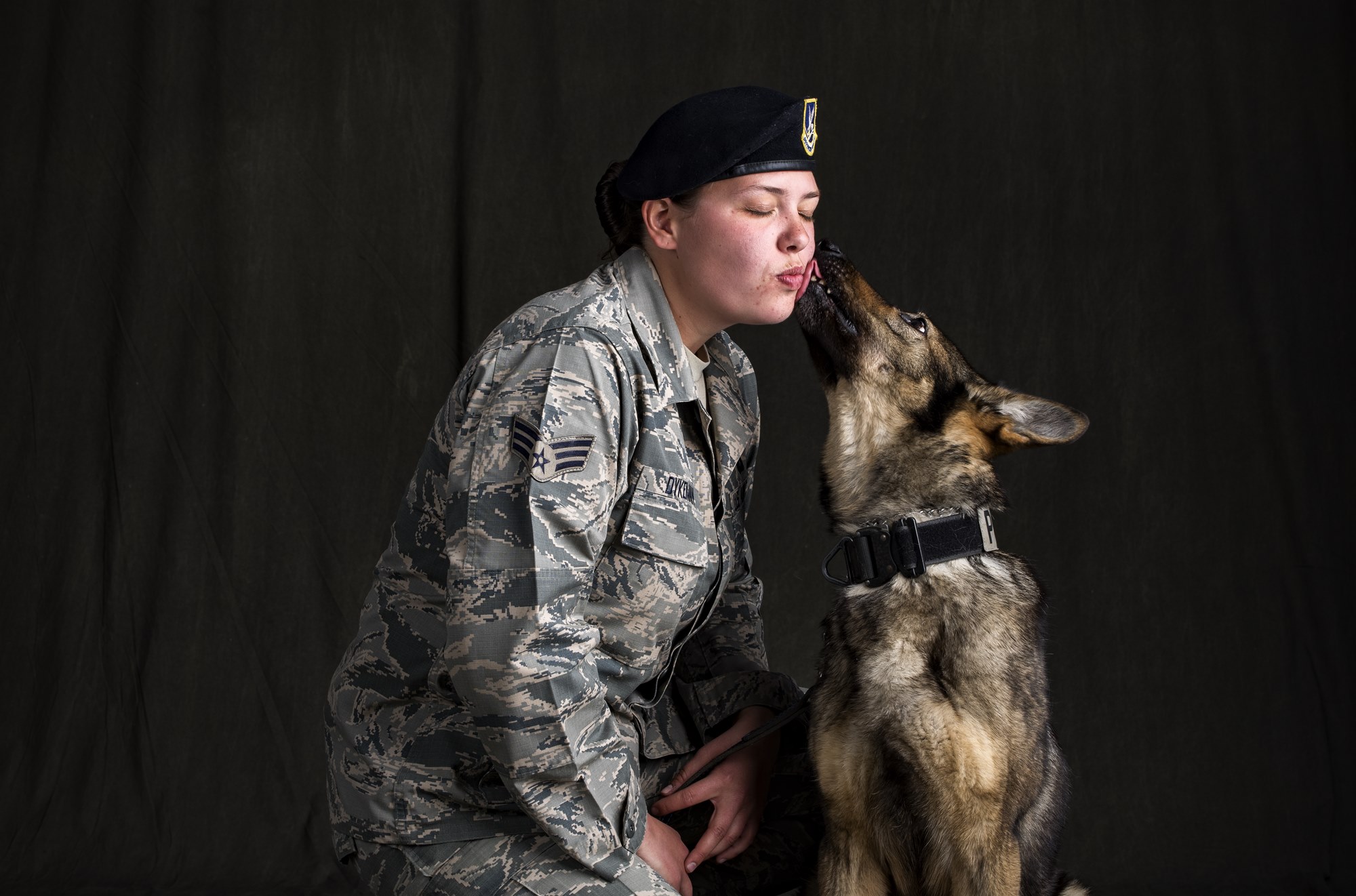By: Teri Errico
Football season’s going to be here before we know it – and so are the mascots! Carolina Tails Writer Teri Errico did some digging to find the stories behind these iconic symbols. Be sure to tell us who your favorite mascot is at www.CarolinaTails.org.
USC Gamecock
It’s hard to tell what’s more iconic of USC: its garnet logo or its Gamecock mascot. A long-standing symbol of spirit and courage, the Gamecock has come to represent the heart of the school and Sir Big Spur crows in the center of it all.
USC has been the Gamecocks for nearly 100 years, but it wasn’t until the late ’90s that Ron Albertelli and his wife Mary Snelling, a USC alumna, started the informal tradition of bringing a live bird to USC football games. Baseball games came next as the school sought new ideas to get the crowd involved.
Named in honor of then-football coach Lou Holtz, Cocky-Doodle-Lou quickly became a fan-favorite, Albertelli recalls with a laugh, and it was eventually recommended he and his wife “bring the chicken to everything!” That “chicken” became USC’s mascot and Albertelli and his wife let the original bird enjoy one last go-round before retiring him and calling up the second string. “That year was the sunshine part of his career,” Albertelli says of Cocky-Doodle Lou. It was then that they also renamed him Sir Big Spur.
Today, Albertelli and Snelling own Sir Big Spur, along with 12 pairs, on their Aiken farm. “Just enough to perpetuate this madness!” he jokes, noting so far they’re on Sir Big Spur IV. The birds enjoy a wonderful life, are well fed and looked after, and their caretakers insist they enjoy a happy retirement. Since gamecocks have a life expectancy of around ten years, Albertelli made an unofficial rule that after age nine they can live out their days on the farm and the next Sir Big Spur can step up.
Sir Big Spur has been featured on ESPN, attended every bowl game imaginable, weddings, parties and parades galore. The mascot even rides around in his own car, The Roller Rooster, made especially for him by the College of Engineering and Computing. No matter who you root for, you have to admit this Sir certainly lives a regal life!
Clemson Tiger
The year was 1896 and Clemson needed a mascot. After all, everyone else had one. For inspiration, Professor Walter Riggs and his team looked to the Princeton Tigers. Why? Because Princeton was a football powerhouse, and Clemson should be too. The secret, they felt, was in the mascot.
“It seemed perfectly obvious to them that if Princeton was a good football school, we should be too,” said Jerry Reel, football historian. “That’s why they picked the tigers.”
But unlike the Gamecocks who have a unique mascot, over time Clemson realized tigers were extremely common. By the late ’60s, they were one of 30 universities with the same symbol. The tiger’s appearance changed over the years, varying between cartoonish and ferocious figures, but the school’s then-president felt the tiger needed a complete overhaul.
He enlisted the help of a Greenville advertising agency to recreate the logo, and John Antonio is the now-famous artist who came up with “the paw.” To truly set Clemson’s logo apart, Antonio persuaded the Field Museum of Natural History in Chicago to give him a real print of what a tiger’s paw looked like. Antonio chose the one he liked best, down to its hook-shaped scar.
Funny enough, Reel recalls, no one liked it. It wasn’t until everyone saw the image of the white tiger paw on the orange helmets that it finally clicked how instantly recognizable the logo would be. Reel adds that Antonio set the logo apart by including the scar and slanting the paw to one o’clock. The logo was officially adopted by the school on July 21, 1970.
Today, the Clemson Tiger is a symbol of excellence for the entire campus, and the orange and white paw is one of the most iconic and feared logos in the south.
College of Charleston Cougars
Here’s a fun fact: Before 1970, College of Charleston’s mascot was actually the Maroons. Here’s another fun fact: The student body voted to change it to the Cougars, in honor of a Carolina Cougar that had just arrived at the Charles Towne Landing Zoo.
In True Maroon, a history of the CofC Athletics program, Class of ’71 alumnus, Remley Campbell, wrote that being the Maroons was “agony” (think being taunted by opposing teams as “Morons” or “Macaroons”). So the college held an election in the ’70-’71 school year to rename the mascot.
Their informal poll offered 10 suggestions, including a hard push for Sea Hawks, but unfortunately it didn’t produce a front-runner. A second election was then held for the top two picks: the Colonials and the Cougars. Says Remley, “The Cougars had gained significant momentum because Charles Towne Landing had recently opened and had a native Carolina Cougar prowling the site.” At the end of the second election, the school didn’t even count the votes. It was clear they should be the Cougars and have been ever since.
The mascot has evolved over the past 40-plus years, from a menacing-looking cougar to the smiling, peppy version he is today. CofC can thank Todd Crowe (Class of ’86) for the evolution. Disappointed in the shabby costume, or an often stuffed animal plopped on a team’s bench, Crowe proposed a revitalization—and a naming of the mascot. He polled his classmates and settled on a new name: Clyde the Cougar. Crowe breathed new life into the mascot and Clyde has been clawing his way up as one of the state’s favorite mascots ever since.
The Citadel Bulldog
Despite being the Bulldogs since the early 1900s, The Citadel didn’t have a dog of their own until 2003. That year’s senior class was the catalyst for making this happen, and Mike Grosham has been, as he jokes, the “Chief Pooper Scooper” since.
When the Class of 2003 first proposed the idea of a campus mascot, everyone vetoed it. After all, for nearly a century it had worked just fine having alumni bring their bulldogs to games. “But the president said, ‘I have the vote so I’m voting yes!’” recalls Grosham, the Assistant Athletic Director of Facilities and class of ’76 alumnus.
The staff responsibly analyzed what other schools with live mascots had done—they called Texas A&M and Penn State. They visited Georgia. With weekends and long breaks, they knew someone on campus had to take care of the dog, and Grosham was it for them. At the time, Grosham owned incredibly obedient dogs—and he lived on campus.
“They said, ‘But Mike, you could train it!’ and I said, ‘Have you ever trained a bulldog?’ They do what they want to do. They’re not stupid, but they are stubborn!” Grosham turned the job down three times before the president himself said they wouldn’t go forward with it unless he was in charge. “To be honest, it’s the best thing that ever happened to me at the school. You’re bringing so much pride and joy, and you meet everyone.”
In August 2003 The Citadel adopted General, and in November Boo IX joined him. They served as mascots until their retirement in 2013 when General II and Boo X came on board.
The Citadel is proud of their mascot, which was established in the early 1900s when a Cadet wrote a newspaper article saying the football team was playing with “the tenacity of a bulldog.” From that moment on, it stuck.
Today General and Boo have a full schedule. They go to every home football and basketball game, and travel to as many away games as possible. They go to soccer and wrestling matches, homecoming and parades, riding the campus in their very own Jeep—chauffeured by Grosham, of course. “We try to involve them in as many community affairs as we can, too,” Grosham says. “We help with Charleston Animal Society and truly do enjoy working with Kay [Hyman].” The dogs also attend cancer society events, visit alumni at Bishop Gadsden, and regularly support The Georgia English Bulldog Rescue.
“We try to be community-friendly and do everything we can to meet as many people as possible,” Grosham said. And it seems as many people as possible also love meeting the Bulldogs, too!
Vote For Your Favorite Mascot





